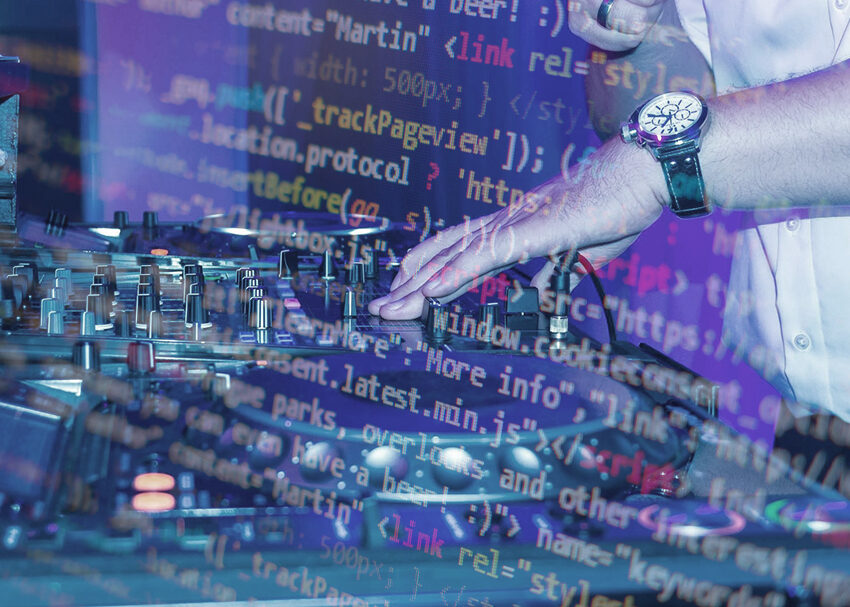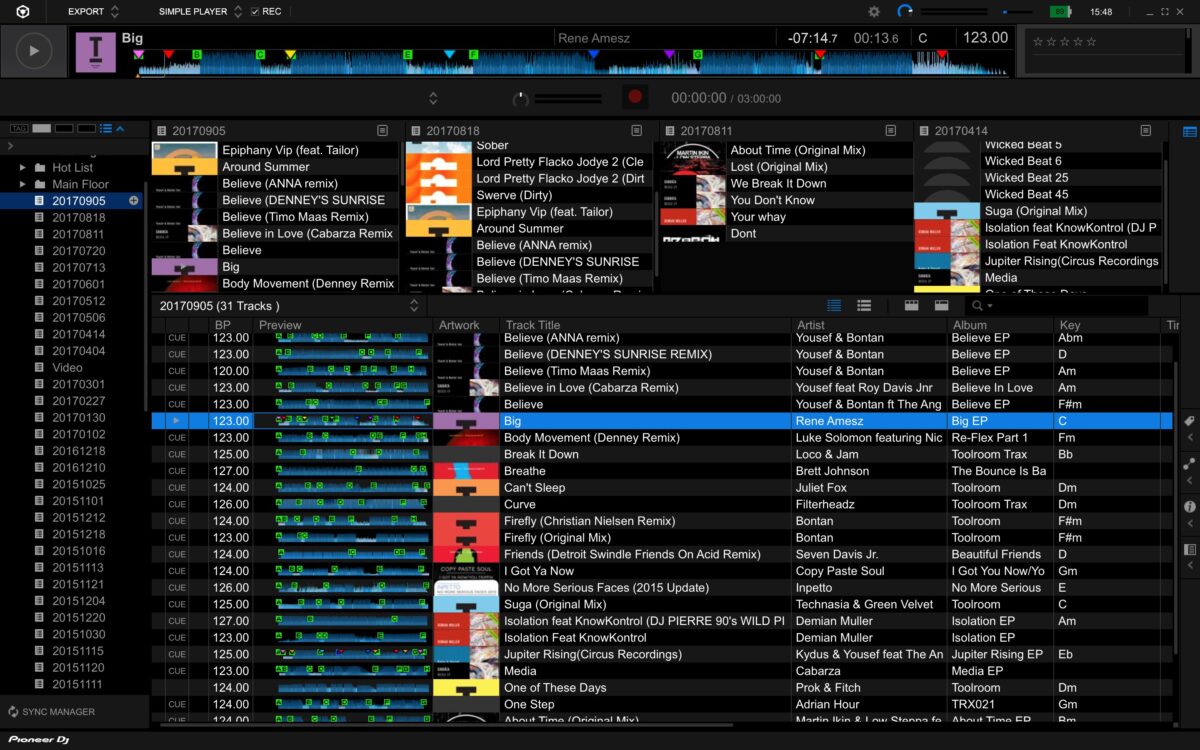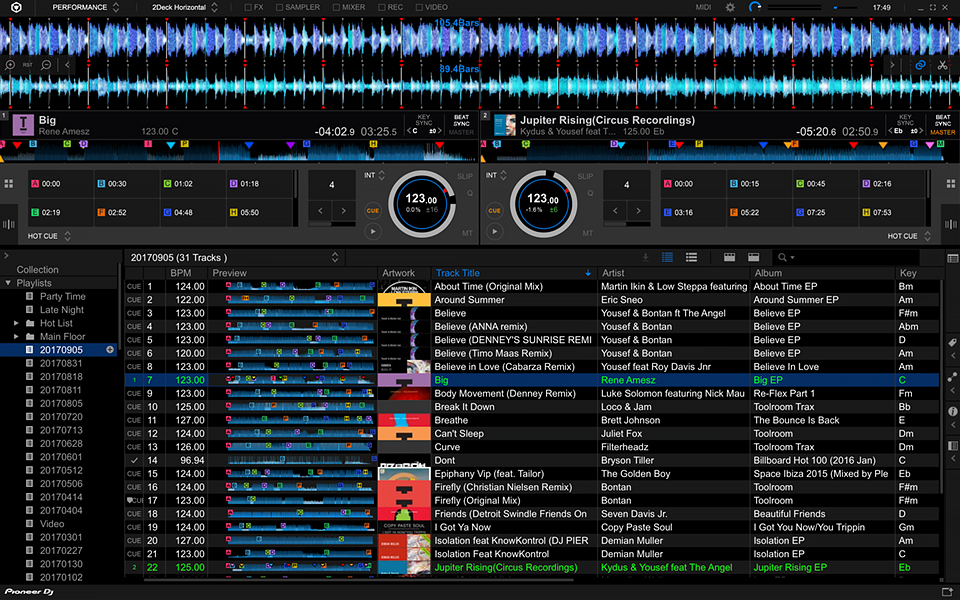When DJing, it’s important to know your gear and the techniques required to mix and create seamless transitions. This knowledge is important in creating a mood or keeping a dance floor moving. Early on in my DJ career, my mentor taught me the concept of programming.
Programming is the preparation of your music for the night. Proper programming is the difference between finding that right song to keep the floor moving and having a trainwreck set. Most importantly, it eliminates the extra stress that can distract you from your performance. I’m not suggesting you preplan your entire set, but there is nothing wrong with making sure you have the proper tools for the job.
Let’s break down some of the important points on programming that help me succeed when playing out.
Know Your Audience
The first step of programming is knowing your audience. Once again, this seems redundant, but you can’t show up to a wedding or corporate gig with only deep house and drum and bass. While you can work in some of those tunes, this is not your direct audience. Likewise, you can’t show up to a nightclub with an audience expecting electronic music with only ’80s jams in your collection.
Prepare Your Music
The next step is preparing your music. Let me break this down a bit further. with the advent of computer DJ software, it’s easier than ever to organize and catalog your tunes. Before anything else, a solid categorizing system needs to be in place. I organize my music by genre. You can get as deep with this as you like, getting into subgenres and more.
This allows me to grab a tune that matches the style I’m playing quickly and easily. Most software will automatically analyze a song’s BPM (beats per minute) when importing. Once the song is in its proper folder and the BPM is analyzed, I will set a couple of simple cue points. I went in-depth on this topic in a previous post and you can read all about it here.
For most cases, this is enough organization. If you are like me, though, you may want to go deeper. This really works best when dealing with electronic music. You can tag a song with a phrase or a color coding system that works best for you.
For example, I use 5 colors and they range from cool down songs (blue) to dance floor fillers (red). As I’m mixing, it allows me to read the crowd and pick a song based on what level they are best reacting to.
Read Your Audience
This leads to the final point. Reading a crowd is 90 percent of performing well at a gig. Programming allows you to anticipate what your gig is going to look like, so you can do just that — read the crowd during your gig and tailor your set to them.
This is not the only way to program. This is just my method that works best for me. No matter how you accomplish this, programming will expand your success at a gig and allow you to push your performance to the next level.






Leave a Reply